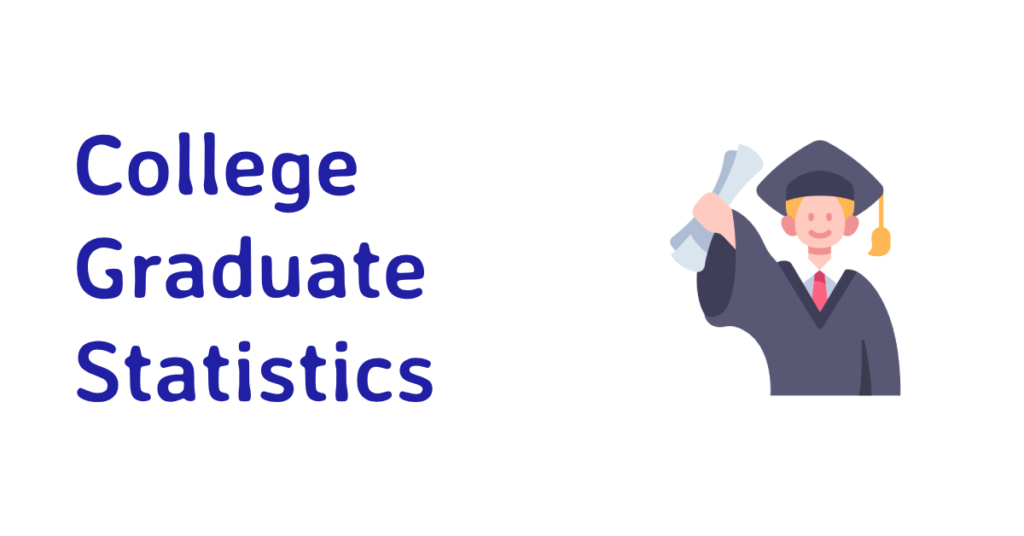73+ Student Loan Debt Statistics You Should Know In 2024
- Author: Eduklass
- Updated: March 11, 2024

Based on information from U.S. News, recent college graduates in 2021 borrowed, on average, $208 less for their education compared to the previous year.
However, the average total student debt remains around $30,000.
Tuition fees at public four-year colleges rose from $4,160 to $10,740 during this period, and at private nonprofit institutions, they increased from $19,360 to $38,070 (adjusted for inflation).
Average Student Loan Debt (General Stats)
| Average loan debt on student | $38,400 |
| Monthly average student debt payment | $400 |
| Total loan debt on student | $1.76 trillion |
| Number of student loan takers | 43.3 million |
| Number of borrowers who has a debt of more than $100,000 | 2.7 million |
In the US right now, students owe a huge amount of money in loans, totaling around $1.745 trillion. On average, each student borrows $28,950. There are 44.7 million students who have borrowed money in total.
Around 55% of students at public four-year colleges have student loans, while about 57% of students at private nonprofit four-year colleges also have student loan debt. The average amount of student loan debt is over $40,780, with typical federal student loan debt being $37,787.
A large portion of federal student loan debt, about 92.7%, remains unpaid, totaling over $1.617 trillion. 42.8 million borrowers hold federal student loan debt. Only a very small percentage, less than 2%, of private student loans will default.
To get a bachelor’s degree, students typically borrow around $32,880 at public schools. Since 2007, the amount owed on federal student loans has significantly increased. One in three adults applied for a loan to pay for college expenses.
The average student debt is influenced by the type of institution attended. Graduates from private colleges borrowed more money on average ($31,820) than those from public colleges ($26,320).
Interest rates for federal loans in the first half of 2022 ranged from about 3.7% to 6.3%, depending on the loan type. Simple configuration interest rates for private student loans range from 3 to 4% on the lower end to 10-13% on the higher end.
Students of color and those of Hispanic descent are more likely to borrow money for education and face greater challenges in repaying loans. The typical monthly student loan payment is $393.
According to CollegeBoard data, the average student loan debt in 2019–20 was $28,400. Student loan debt tends to be higher for higher-income families, and black families have the highest levels of student loan debt compared to other racial groups.
Recent data from EducationData.org indicate that the average student loan debt increased by $5,697 between 2019 and 2021.
Average Student Loan Debt Over The Years
| Year | Average Student Loan debt |
| 2007 | $18,233 |
| 2008 | $19,298 |
| 2009 | $20,467 |
| 2010 | $21,860 |
| 2011 | $23,238 |
| 2012 | $24,757 |
| 2013 | $26,268 |
| 2014 | $27,759 |
| 2015 | $29,144 |
| 2016 | $30,548 |
| 2017 | $32,087 |
| 2018 | $33,548 |
| 2019 | $35,205 |
| 2020 | $36,510 |
| 2021 | $37,113 |
| 2022 | $37,575 |
Federal Student Loan Debt
Student loans account for the vast majority, about 92.6%, of undergraduate student borrowing. Stafford loans, which are federal, represent 52.8% of the total amount owed on federal student loans.
Among Stafford loans, those with subsidies make up 18.6% of the federal debt, while those without subsidies make up 34.2%. Parents are responsible for 6.4% of the student loan debt, including any loans they have taken out. Perkins loans, another type of federal loan, account for only 0.4% of all student loans.
Grad Plus loans, which are for graduate or professional students, make up 5% of a student’s overall student loan debt. Each year, the federal government provides loans totaling $83.68 billion to all postgraduate universities and graduate students.
About 30% of undergraduate students take out federal loans, while graduate students take out federal loans at a much higher rate, about 66%.
Overall, there are 43 million debtors, with the majority borrowing from the federal government, and they have an average of $1447 in unpaid student loan debt.
Private Student Loan Debt
| Private student loan debt | $131.10 billion |
| Private loans as a share of total student loan debt | 7.61% |
| Share of all private student loans made to undergraduates | 88.69% |
| Share of all private student loans made to graduate students | 11.31% |
Student Loan Debt Statistics By Age
| Age group | Millions of borrowers | Billions in debt |
| 24 and younger | 7.3 | $104.5 |
| 25-34 | 15 | $497.6 |
| 35-49 | 14.6 | $634.2 |
| 50-61 | 6.5 | $293.4 |
| 60+ | 2.6 | $107.3 |
- About 33.9% of young adults aged 18 to 29 say they owe money on student loans.
- Individuals in their 30s are accountable for 32.5% of the nation’s student loan debt.
- Approximately 22% of people aged 31 to 44 have student loan debt.
- The typical 62-year-old borrower owes about $40,600 in federal student loans, including Parent PLUS loans.
- The average debt for borrowers aged 25 to 34 is $33,500.
- Students under 25 years old make up 24% of federal loan borrowers in debt.
- In the federal sector, 8.15% of borrowers are over 63 years old.
- By age 30, 21% of bachelor’s degree holders and 37% of associate’s degree holders had defaulted on at least one student loan.
- The age range of 48% of federal borrowers is between 24 and 34.
- Federal borrowers under 25 have an average debt of $15,000.
- The age group with the highest federal student debt is approximately 35 to 49 years old, with $634.2 million owed.



